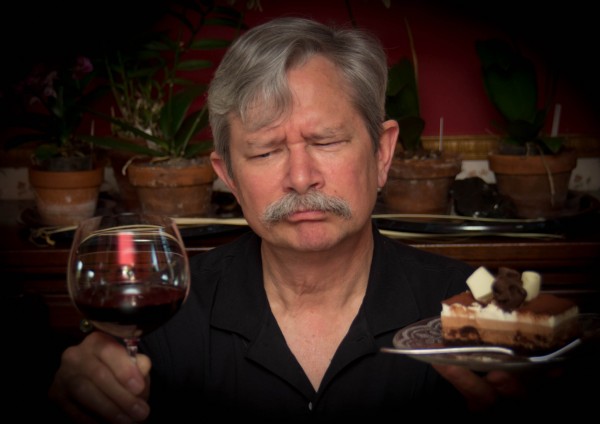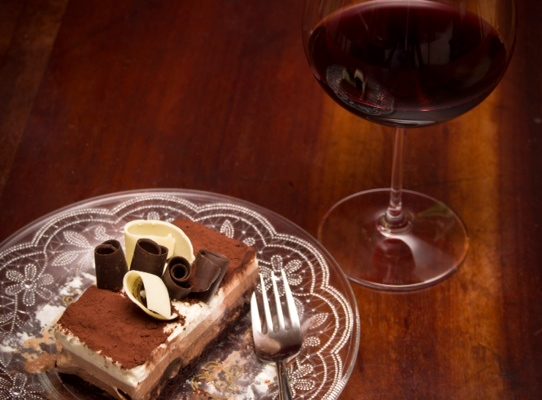Palate Press has selected our top ten stories from 2012 and will publish a 2012 Redux article each weekday until January 4, 2013. These stories highlight our featured columnists, widely recognized contributors, and most popular works published through the year. The Palate Press editorial board hopes you enjoy these highlights as we look forward to bringing you the best stories for your palate in 2013.
[box] Editor’s Note: Wine and chocolate is a ubiquitous pairing, but are they really meant to be together? Monthly columnist Erika Szymanski explores how the chemical makeup of chocolate means pairing with some wines might not always be the best idea. –Tom Mansell, Science Editor[/box]
 The renowned wine scientist, writer, and taster Emile Peynaud remarks, towards the end of his book on The Taste of Wine, that “thanks to the astonishing diversity of wine styles, one can always be sure of finding one (or even several) that will go with a given dish, with a few exceptions.” Chocolate is one of those exceptions. He admonishes that chocolate desserts are “to be avoided” with wine, and “chocolate mousse above all.” Unfortunately, a lot of people seem not to have listened.
The renowned wine scientist, writer, and taster Emile Peynaud remarks, towards the end of his book on The Taste of Wine, that “thanks to the astonishing diversity of wine styles, one can always be sure of finding one (or even several) that will go with a given dish, with a few exceptions.” Chocolate is one of those exceptions. He admonishes that chocolate desserts are “to be avoided” with wine, and “chocolate mousse above all.” Unfortunately, a lot of people seem not to have listened.
Wine and chocolate is a classic pairing either to love or to hate. Boutique chocolate makers looking to market their products and wineries looking for a fun Valentine’s or Mothers’ Day event love it, but a lot of wine lovers (including W. Blake Gray, who thinks that the romance factor is overdone, and Remy Charest, who just thinks wine and chocolate don’t taste good together) wrinkle their finely-tuned palates at the idea. I’m going to explain the science behind why I think that my favorite beverage and my favorite dessert make a bad team.
Wine and chocolate have a lot in common that might not be obvious at first glance. Indeed, they’re a bit like a mother-daughter team: they don’t get along well because, in some ways, they’re just too darn similar. Both are concentrated sources of flavonoids (a class of polyphenol), some of the compounds that give wine its backbone, chocolate its bitterness, and both their deep red-purple color (yes, there is red-purple in chocolate, though it’s far more pronounced in unprocessed cacao than the oxidized browns of Dutched cocoa). Most of the flavonoids that give cacao its astringency degrade during fermentation—ripe cacao pods are fermented just after harvesting to help remove the pulp from the beans and to improve the beans’ flavor—but enough still remains to give finished chocolate a bit of an edge. Hence, dark chocolate with a high percentage of cocoa liqueur (and therefore relatively little sugar) has a bitterness that’s an acquired taste in much the same way that structured (think lots of polyphenols) red wines are an acquired taste for most people.
<<Continue reading original article>>

